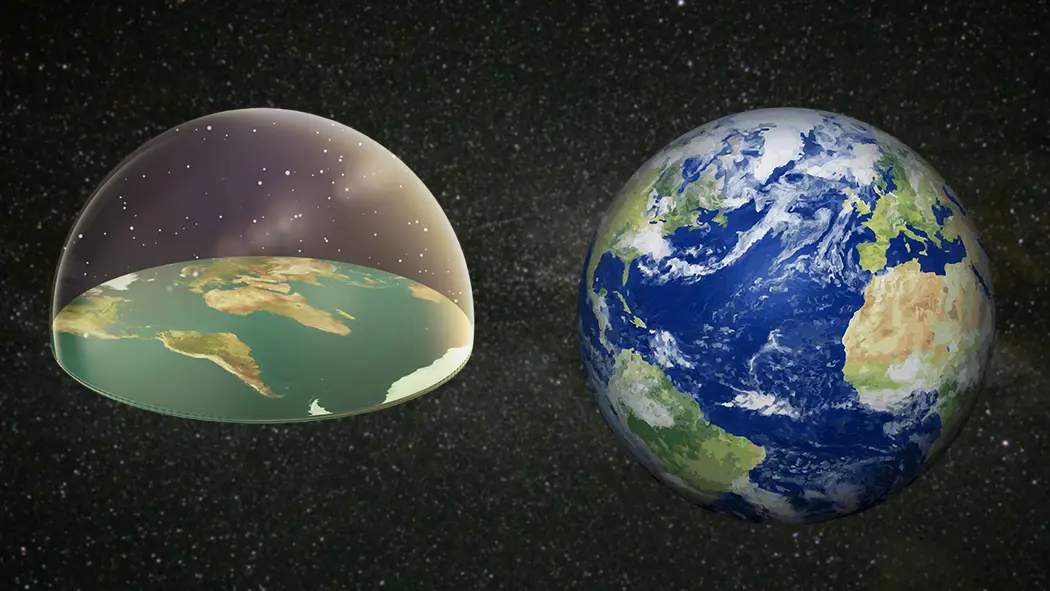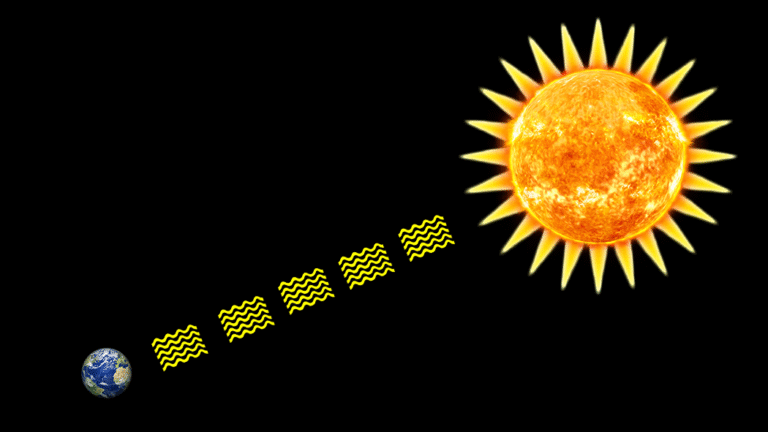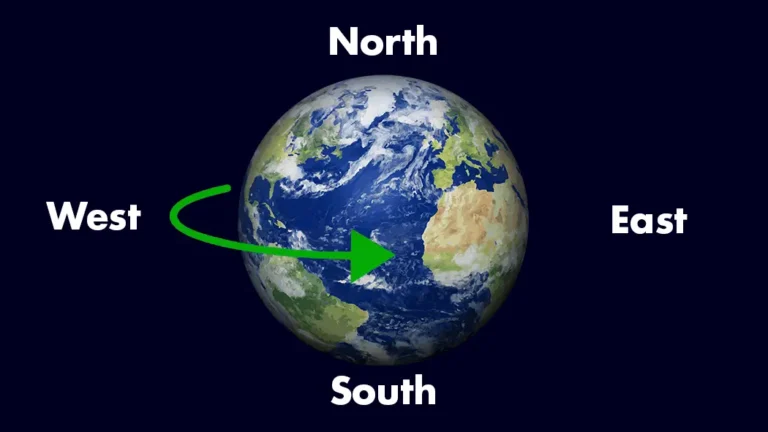When we walk on land, everything feels flat. Buildings stand straight. Water seems level. But when we look at photos from space, Earth looks round. So, what is the shape of the Earth really?
Let’s explore this simple but important question.
Why People Once Thought the Earth Was Flat
For thousands of years, people thought Earth was flat. That idea made sense at the time. If you stand in a field or on a beach, the land looks flat in every direction. The ground does not curve. Buildings stand straight. Water looks still and level.
So, long ago, it was common to believe Earth was a flat surface. Some thought it was a flat disk. Others believed it floated in space or rested on animals. These ideas were based on what people could see with their own eyes.
But that changed over time.
Early Clues That the Earth Is Round
A few early thinkers started to question the flat-Earth idea. One of them was a Greek thinker named Pythagoras. Around 500 BC, he said Earth might be round like a ball. Later, Aristotle gave some proof for this. He saw that during a lunar eclipse, Earth cast a round shadow on the Moon. That would only happen if Earth was round.
Then came Eratosthenes, a smart man who lived around 200 BC. He did something amazing. He noticed that on the same day, the Sun cast different shadows in two cities in Egypt. By measuring the angle of the shadows and the distance between the cities, he figured out the size of the Earth. And he was close to the real number!
That was more than 2,000 years ago. Yet his method was clever and simple.
Proof of Earth’s Shape from Space
In the 20th century, humans launched satellites and even traveled into space. From up there, we could finally see our planet.
Photos taken from space show a blue and white globe. It is clearly round. This gave visual proof that Earth is not flat. You may have seen the famous photo called “The Blue Marble,” taken by astronauts on the Apollo 17 mission in 1972. That picture shows Earth as a beautiful round planet floating in space.
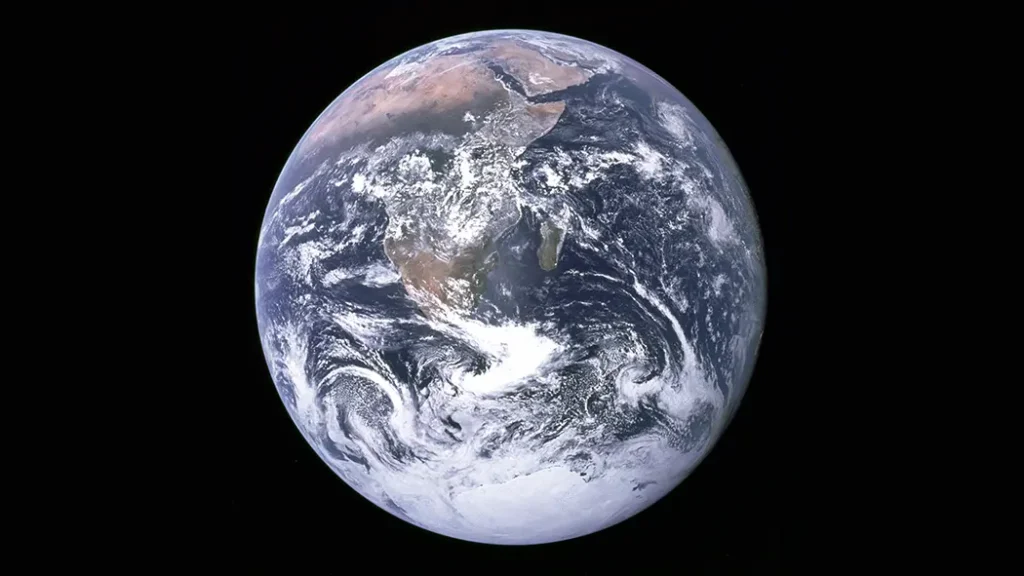
More recent images from satellites also confirm the same thing. They show Earth’s curves, clouds, oceans, and land. Every angle shows a round shape.
Simple Ways to See That Earth Is Round
You don’t need to go to space to see that Earth is round. Here are some simple things that prove it:
1. Ships Disappear Bottom First
Watch a ship sail away on the ocean. It doesn’t just shrink. The bottom disappears first, then the top. This shows it is going over a curve.

2. Different Stars in the Sky
People in the north see different stars than people in the south. If Earth were flat, we would all see the same stars.
3. Time Zones
When it’s day in one place, it’s night in another. That’s because Earth is round and turns. As it spins, different parts face the Sun.
4. Airplane Flights
Planes don’t fly in straight lines across flat maps. They follow curved paths called “great circles.” These are the shortest routes on a round surface.
Shapes of Other Planets
All the planets in our solar system are also round. Some are more round than others. Jupiter and Saturn are more stretched at the middle, just like Earth. This happens because they spin very fast.
The Moon is round too. So are most stars. Round shapes happen naturally in space when large objects form. Gravity pulls matter toward the center, making a ball shape. That’s why we see so many round objects in the universe.
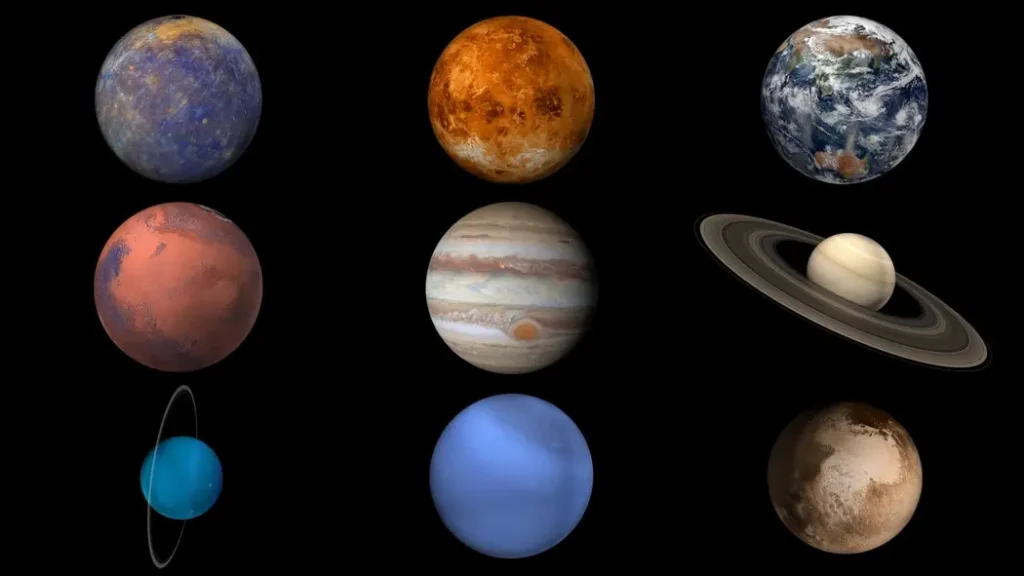
What Is the True Shape of the Earth?
So now we know the Earth is not flat. But is it a perfect ball?
Not quite.
The Earth is almost round, but not fully. The real shape is called an oblate spheroid. This means it is round like a ball, but slightly squished at the top and bottom.
In other words, the Earth is a bit wider at the middle (around the equator) and a little flatter at the poles (top and bottom). It is not something you would notice just by walking on it. But with the right tools, it becomes clear.
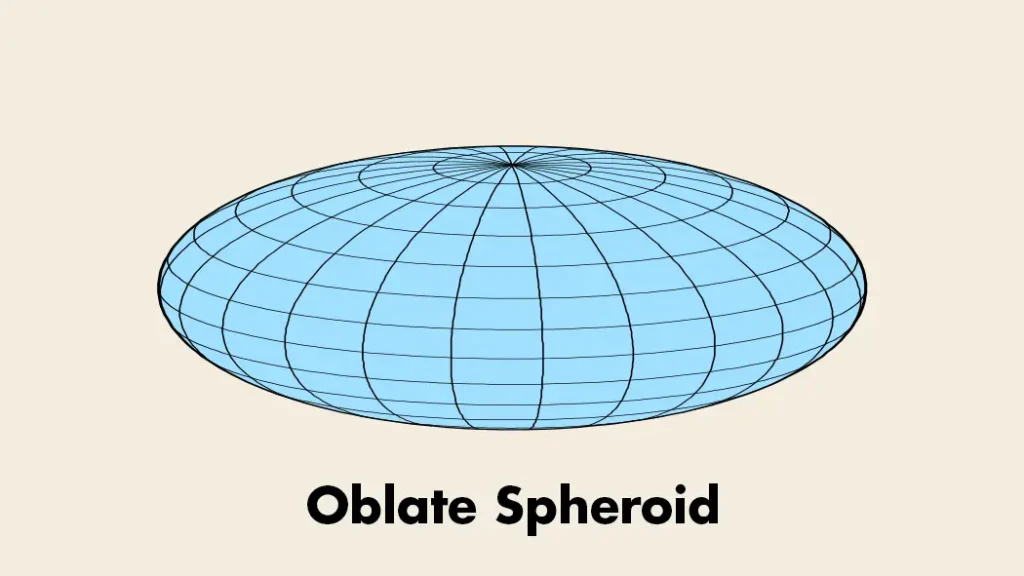
There is also another way to describe Earth’s shape. Scientists sometimes call it a geoid. A geoid is like a bumpy ball. It shows the small highs and lows caused by mountains, valleys, and changes in gravity. It is very close to an oblate spheroid, but with tiny bumps and dips.
So, the Earth is not a perfect ball. It is slightly squashed and a little bumpy too!
Why Is the Earth Slightly Squashed?
The reason lies in rotation. Earth spins around its axis. One full turn takes about 24 hours. This spinning creates a small outward force near the middle, like when you spin a ball of dough. That force makes the middle bulge out a little.
So, due to its spin, Earth is not a perfect sphere. It is more like a stretched ball—still round, but not perfectly so.
This small change in shape has been confirmed by many tools. Satellites in space, for example, can measure Earth’s surface with great detail. They show that the equator is about 43 kilometers (27 miles) wider than the distance from pole to pole.
That may seem like a lot, but remember—Earth is over 12,700 kilometers (7891 miles) wide! So, the change is small compared to the full size.
Why Knowing Earth’s Shape Matters
Knowing Earth’s shape is not just about looks. It helps us in many ways.
1. Travel and Maps
When we fly planes or sail ships, we need to know Earth’s shape to plan routes. The round shape affects how we draw maps. Maps are flat, but the Earth is not. So, we need special methods to make flat maps from a round planet. That’s why some maps look stretched near the top or bottom.
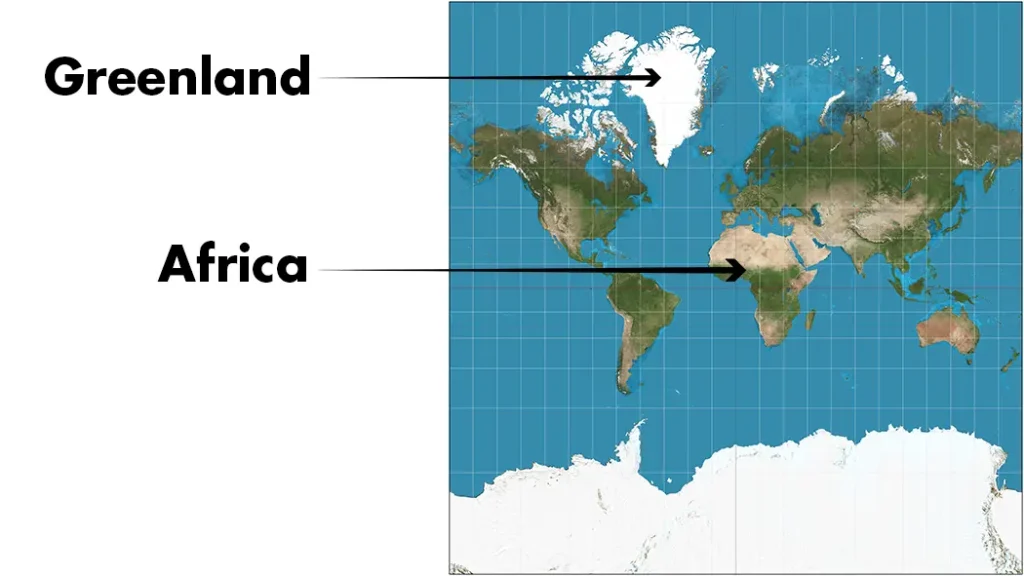
2. Satellites and GPS
Satellites orbit the Earth. To keep them in the right path, we must know the exact shape of the planet. GPS (Global Positioning System) also needs this. It uses satellites to tell you your location on Earth. Without knowing Earth’s shape, GPS would not work well.
3. Understanding Gravity
Earth’s shape also affects gravity. Gravity pulls things toward the center of Earth. But because Earth is wider at the equator, gravity is a tiny bit weaker there. It’s not something you feel, but scientists can measure it.
How Do Mountains and Valleys Affect the Shape of the Earth?
Some people ask, “How can Earth be round if it has bumps like mountains and deep ocean valleys?”
That’s a good question.
Mountains like Everest rise high. Trenches like the Mariana Trench go deep. But even the highest mountain is small compared to the whole Earth.
Think of a basketball. Now imagine a small bump of only one millimeter on it. That’s like a mountain on Earth. So, while the land is not smooth, the overall shape is still round when viewed from far away.
Why Some Still Believe the Earth Is Flat
Even today, a few people believe Earth is flat. They may ask, “Why don’t we feel the curve?” or “Why don’t we fall off?”
The answer is simple:
- The Earth is very big. The curve is gentle. That’s why we don’t feel it under our feet.
- Gravity pulls everything toward Earth’s center. That’s why we don’t fall off.
- Many things we use today—phones, satellites, GPS, weather reports—all rely on Earth being round. If Earth were flat, they wouldn’t work right.
A Simple Answer
So, what is the shape of the Earth?
The Earth is almost round, but slightly wider in the middle. Its shape is called an oblate spheroid. This shape comes from spinning. It has been proven by science, photos, and even simple observations you can try yourself.
Final Thoughts
Sometimes, the truth is not what we first see. Earth may look flat when we stand on it. But when we look deeper, we find the real shape. Thanks to science, old ideas were replaced with better ones. That’s how knowledge grows.
The shape of the Earth is just one example of how asking simple questions can lead to big answers.
